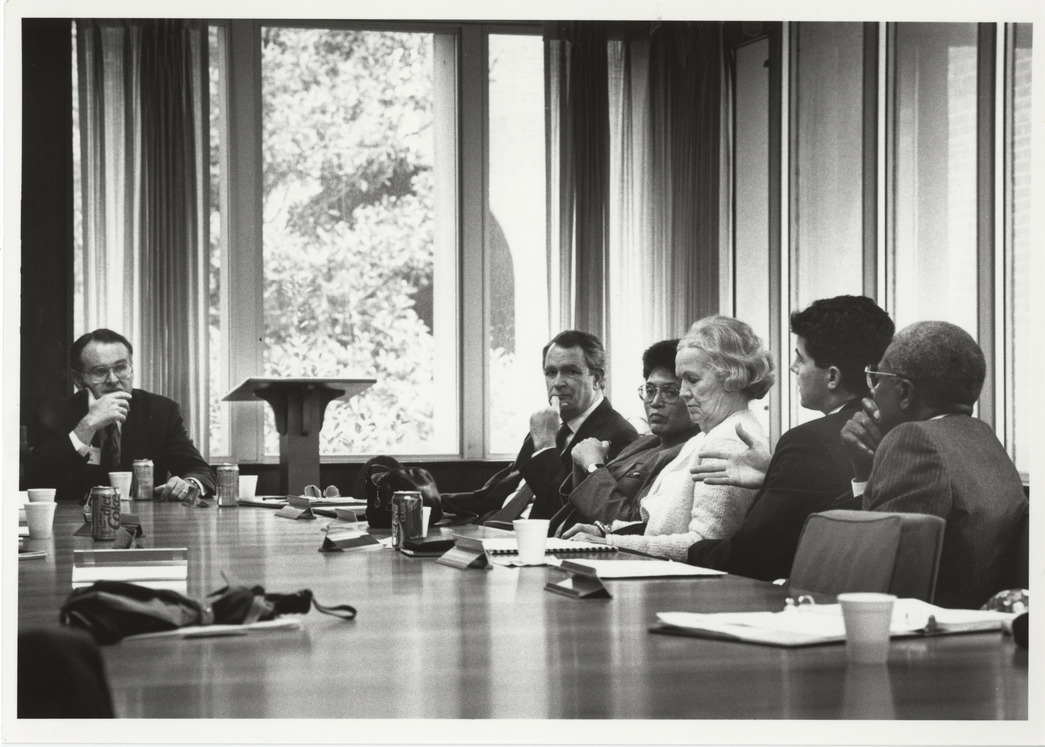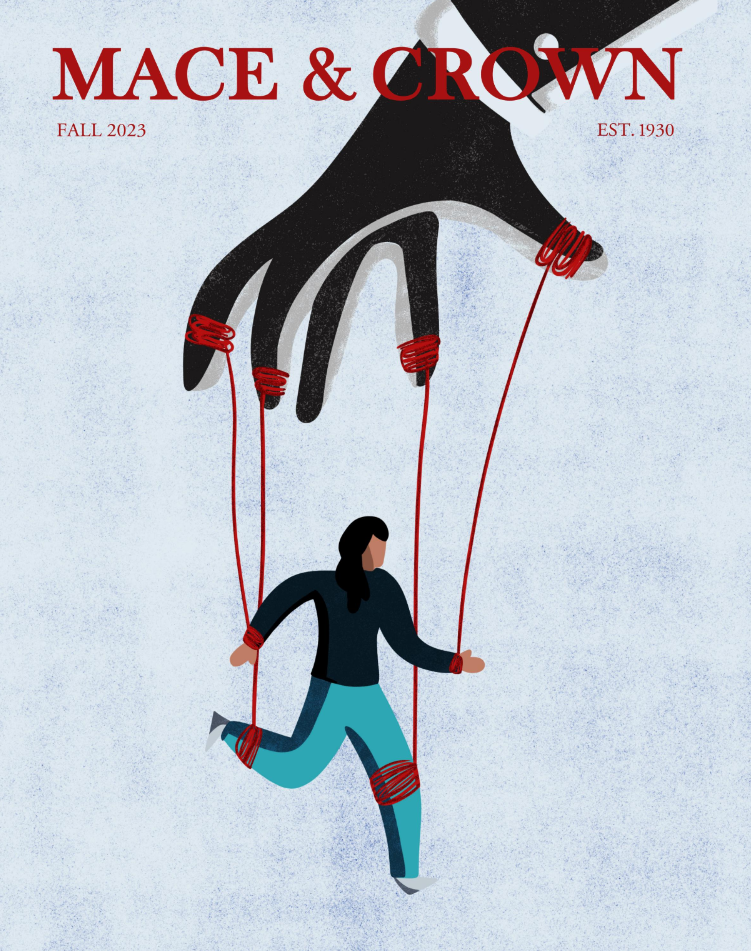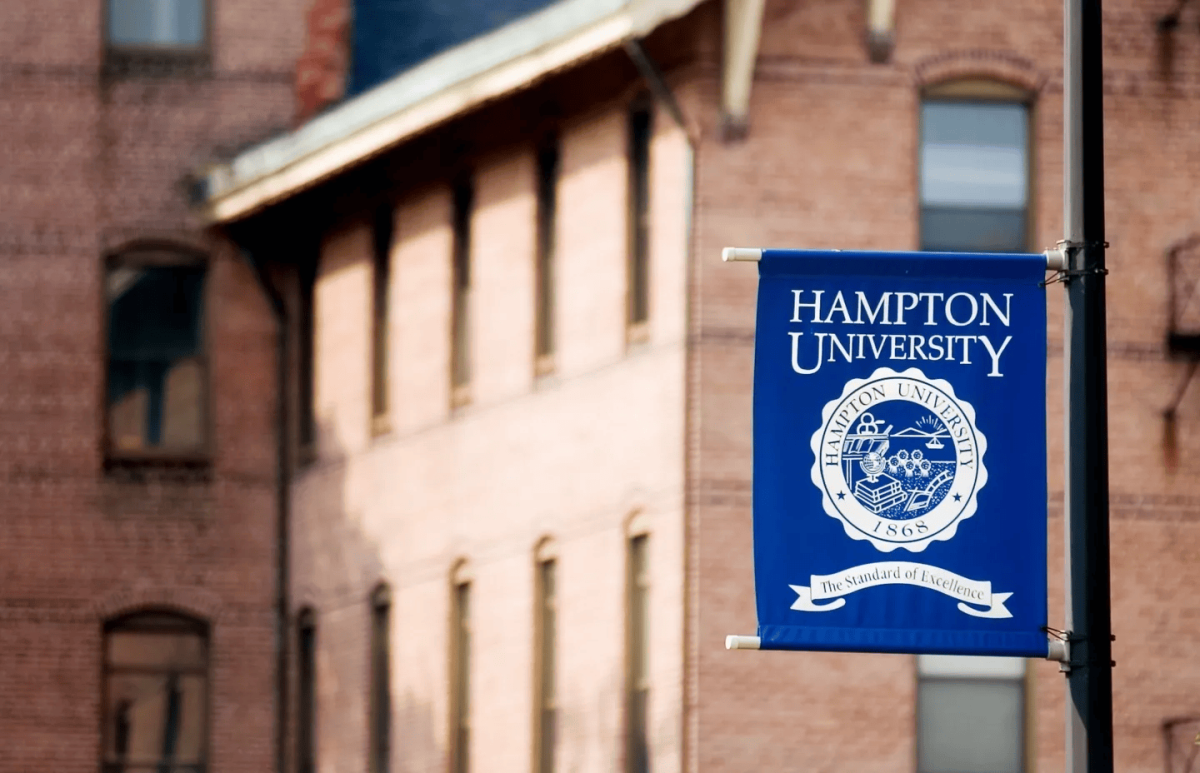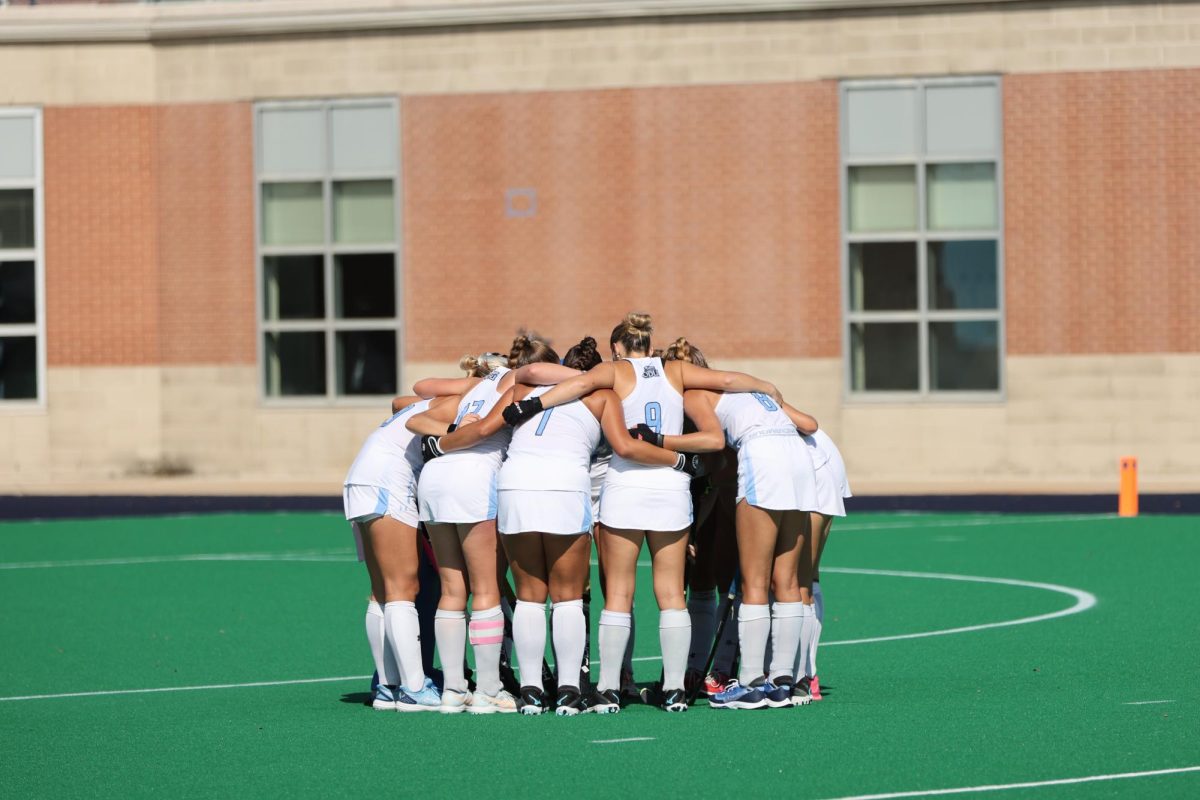Old Dominion University is the most affordable doctoral institution in Virginia, has an R1 Research classification, a soon-to-be-integrated medical school, and has continued to develop new programs in high-demand sectors such as cybersecurity and maritime.
From this bird’s eye view, ODU seems to be innovating, redeveloping, and expanding, but closer inspection reveals the University is starting to look inward. The 2023-2024 strategic plan tells a story of meticulous preparation, financial distress, and enrollment challenges – some of which are unavoidable.
An impending threat to all higher education grows ever closer. Thanks to the Great Recession of 2008, the national college-age population will shrink beginning in 2025, resulting in what’s being called an “enrollment cliff” by higher educators.
ODU admitted that they are “not immune to the declining undergraduate applicant pool,” citing the dangers of competition between other regional universities in “attract[ing] first-generation and underrepresented students.”
Projections in the strategic plan generously note that enrollment will see losses of approximately 225 students between 2023 and 2028. According to the 2016 Higher Education Demand Index, regional universities are expected to lose 11% of their students by 2029.

In 2023, ODU experimented with lower enrollment and a more stringent acceptance rate, partially responding to a smaller applicant pool seemingly driven by the enrollment cliff. However, the class of 2027 contains the highest number of valedictorians and salutatorians in the institution’s history.
Beyond 2025, the administration expects a cliff-driven decrease in graduate student populations. To attract and retain students, they plan to develop “more creative marketing, particularly in the digital learning arena.”
In a different challenge, the administration at ODU projected its 2024 six-year graduation rate at 45% in some figures (Hemphill) and 50% in others (Strategic Plan), dropping from a high of 54% in 2018.
“It’s hard for me to look you and your parents in the eye and say there’s a 45% chance that you’re going to graduate in six years,” said ODU President Brian O. Hemphill at a student forum, “We have to do a better job in that particular space– and that’s something we’re working on.”
The strategic plan lays out several possible solutions to increase the institution’s graduation and one-year retention rates, the latter of which is projected to rise from 74% to 76% in 2024, though down from a crest of 82% in 2016.
Based on the strategic plan, Dr. Brandi Hephner LaBanc, Vice President for Student Engagement and Enrollment Services, along with “key campus constituents,” will be responsible for meeting a target of 82% for retention rates and 57% for graduation rates in 2028.
ODU Vice President for Administration and Finance, Chad A. Reed said that budget funds will be directed towards “increased tutoring, success coaching, and peer success services, with a specific focus on first- and second-year students and courses with especially high drop, fail, and withdrawal rates.”
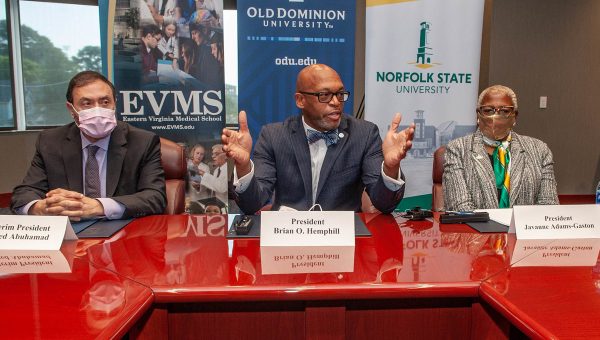
Reed mentioned investments in support services for online learners, freshman populations, and specialized groups such as military and international students, as well as the establishment of an “Associate Registrar for Enrollment Services to manage withdrawal[s] and stop-out[s.]”
A stop-out is a designation given to students who withdraw from academics for longer than four months before re-enrolling, according to the National Center for Education Statistics. As a public university, Old Dominion receives approximately 67% of its operating budget from the state, making up the other 33% with donations, tuition, and student fees. The limitation of withdrawals and stop-outs is paramount to maintaining enrollment and thus, financial stability.
But even primary funding isn’t set in stone. “While state revenues look positive, the use of those revenues is always dependent on the Governor and General Assembly,” Reed said, “and there’s no guarantee that funding will continue at current levels. Reductions in state funding due to a drop in revenue or policy decisions would present large challenges to University finances.”
ODU’s grandest maneuver as of late — the absorption of Eastern Virginia Medical School to create the Eastern Virginia Health Sciences Center —was only recently funded by Virginia legislators and approved by Gov. Glenn Youngkin after an amendment was passed, altering the state’s budget. Following the integration, Old Dominion will be the “largest academic health sciences center in the Commonwealth of Virginia,” according to Hemphill.
These gestures at expansion, which include the aforementioned merger, the construction of new schools of data science, maritime, and cybersecurity, and a new partnership with Jefferson Laboratories, are expected to “attract new students, [generating increased tuition,] increased state funding investments, and increased research dollars for ODU,” said Reed.
The research itself is under the microscope at ODU, with hopes of igniting the economy of Hampton Roads with proper designations. The strategic plan reads that “the university will need to be a catalyst in diversifying the regional economy from its labor-intensive roots to include more data-focused, high-tech sectors.” The development of the new maritime, cybersecurity, and data science schools provides evidence of the institution tapping into regional industry slated for national growth.
They aim to “reinforce existing research areas while also exploring those that are emerging” through the recruitment of “non-teaching faculty researchers, postdoctoral fellows, and Ph.D. students.” Listed as a five-year goal is the fostering of increased competition between researchers for a shot at grants.
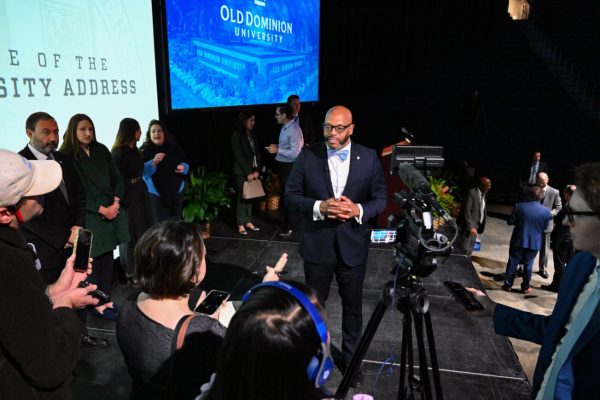
At the 2023 State of the University Address, Jennifer Burdette, a transfer student from Tidewater Community College and medical researcher, was highlighted as the first undergraduate recipient in ODU’s history to be selected as a Barry Goldwater scholar. Her recognition at the event could be exemplative of a new push for undergraduate students to pursue prestige-earning research for the university.
Faculty loss was represented in a process the strategic plan called “hero culture.” Due to understaffing, faculty have taken it upon themselves to pick up heavier workloads, leading to higher instances of turnover. Additionally, a lack of state support has bled into problematic pay raises disproportionate to other R1 and R2 research institutions.
The ‘value proposition’ of a college education is a hot topic being examined by Hemphill and his cabinet as students, parents, and legislators begin to question the value of a college education.
“Skyrocketing tuition across the nation is just a significant concern,” he said, “Beyond that, it’s also just looking at what’s going on with student loan debt, and the challenges that we have there. But then, you have to compound that [with] the enrollment cliff.”
Old Dominion’s Board of Visitors opted to raise tuition by a comprehensive 4.1% last spring, making up for disparities in enrollment, inflation, and a smaller operating budget. They were one of many in the Commonwealth to do so, with the University of Virginia raising theirs by 3.7% and George Mason University by 3%.
Though some maneuvers, such as EVMS’ integration, play brilliantly for the outward image and financial stability of the university, ODU is not an unstoppable force. It’s hard to say whether one of these upcoming challenges will prove an immovable object.


